Quick Links: About Us - Contact Us
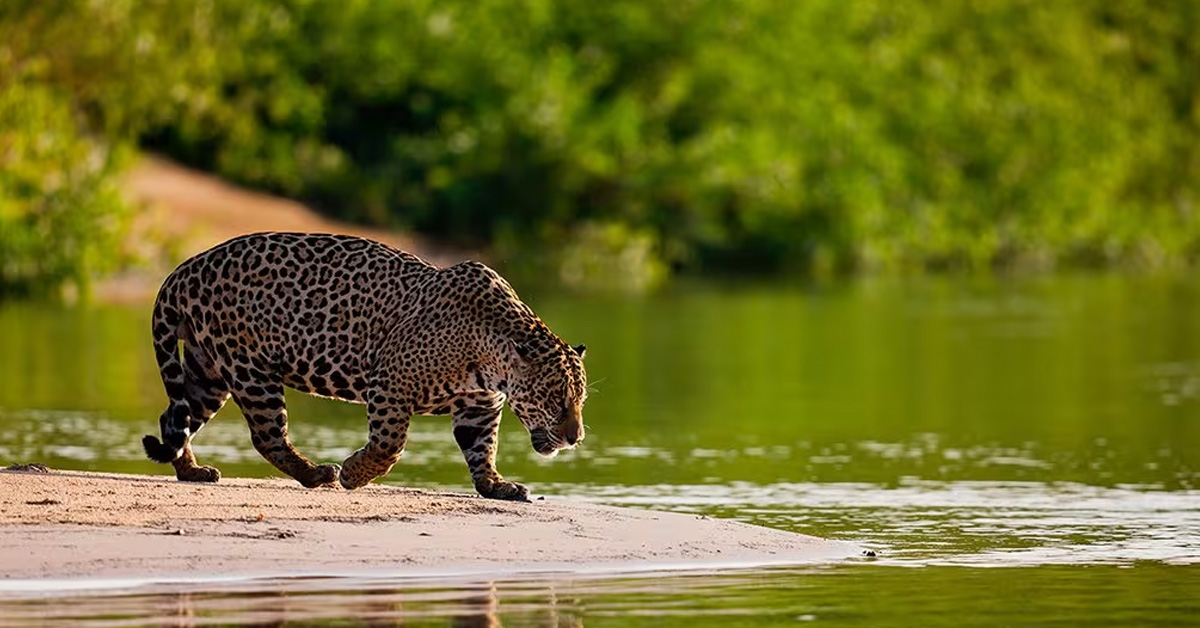
Spotting a jaguar in the wild is one of the most extraordinary experiences a traveler can have in Belize. Known as “El Tigre” in local folklore, jaguars are elusive, powerful, and deeply connected to Belize’s cultural and natural heritage. Belize is one of the best countries in the Americas for jaguar sightings, thanks to its protected reserves like the world-famous Cockscomb Basin Wildlife Sanctuary.
But before you pack your binoculars, it’s important to know that jaguar watching in Belize requires patience, respect, and a focus on ethical and safe wildlife practices. This guide walks you through the best locations, times, guides, and essential tips for increasing your chances of seeing a jaguar while ensuring their safety and yours.
Why Belize is a Jaguar Hotspot
- Belize is home to the largest jaguar reserve in the world, the Cockscomb Basin Wildlife Sanctuary, which protects over 150 jaguars.
- The country’s dense rainforests, river valleys, and protected areas provide a safe haven for big cats and their prey.
- Belize’s commitment to conservation means visitors can experience wildlife in its natural setting, not in captivity.
Best Places to See Jaguars in Belize
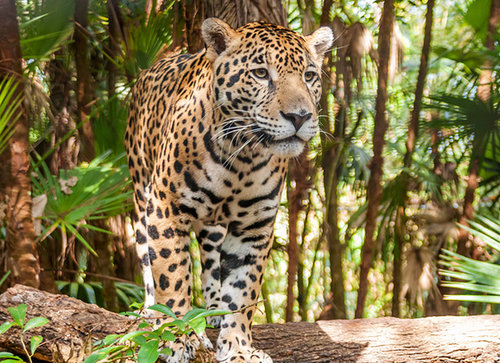
1. Cockscomb Basin Wildlife Sanctuary (Stann Creek District).
- Why visit: The world’s only dedicated jaguar preserve, covering 128,000 acres.
- What to expect: A mix of dense rainforest, waterfalls, and well-marked hiking trails.
- Chances of sightings: Jaguars are elusive, but the presence of fresh tracks, scat, and camera traps confirm they are active.
- Other wildlife: Pumas, ocelots, margays, tapirs, howler monkeys, and exotic birds.
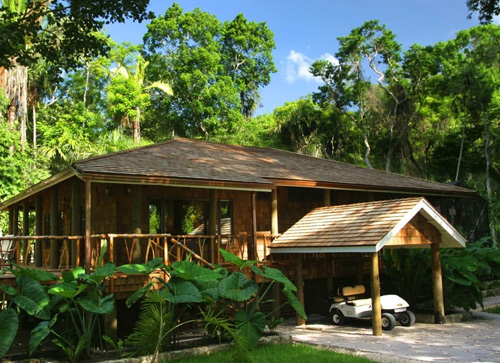
2. Chan Chich Lodge & Gallon Jug Estate (Orange Walk District).
- Special note: A luxury eco-lodge deep in the rainforest with frequent wildlife sightings.
- Other wildlife: Night safaris are offered, where visitors sometimes spot jaguars crossing trails or hunting.
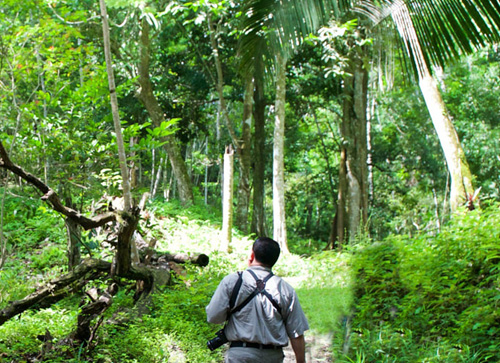
3. Rio Bravo Conservation Area.
- A large, remote reserve known for scientific research and strong jaguar populations.
- Guided expeditions increase chances of seeing big cats.
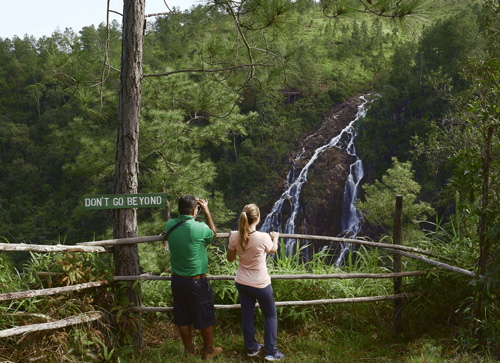
4. Private Reserves & Eco-Lodges.
- Some private conservation areas partner with guides to track jaguars responsibly, giving travelers a better chance at sightings without stressing the animals.
When is the Best Time for Jaguar Sightings?
- Dry Season (November – May): Easier hiking and better trail conditions, but jaguars may range farther.
- Rainy Season (June – October): Fresh tracks in muddy areas are easier to spot; wildlife tends to stay closer to rivers and water sources.
- Time of Day: Jaguars are mostly nocturnal. The best chances are early morning (dawn) or evening (dusk). Night safaris with expert guides offer higher odds of success.
Choosing the Right Guide or Tour
To maximize your chances of a sighting and ensure your trip supports conservation, book a licensed local guide or eco-certified tour company.
- Look for guides affiliated with Belize Audubon Society, Belize Tourism Board, or local conservation groups.
- Choose tours that limit group size to reduce stress on wildlife.
- Avoid any operator promising guaranteed jaguar sightings (no ethical provider can guarantee this).
How to Ethically See Jaguars (and Why It Matters)
Jaguars are shy, nocturnal predators, and human disturbance can harm their survival. To protect them:
- Never bait or call jaguars with recorded sounds or food.
- Keep a safe distance – always use binoculars or cameras with zoom lenses.
- Stay on designated trails – prevent habitat destruction.
- Support local conservation fees – many reserves use entry fees to fund jaguar protection.
- Travel with respect – remember, you are entering their home.
- By following these principles, you’re not only keeping yourself safe—you’re helping secure the future of Belize’s jaguars.
By following these principles, you’re not only keeping yourself safe—you’re helping secure the future of Belize’s jaguars.
What to Bring for a Jaguar-Spotting Trip
- Binoculars – essential for scanning trails and treetops.
- Headlamp or flashlight (with red light mode) – for evening or night safaris.
- Lightweight, long-sleeve clothing – for sun protection and insect resistance.
- Sturdy hiking boots – trails can be muddy and uneven.
- Camera with zoom lens – avoid getting too close for photos.
- Insect repellent – mosquitoes and sandflies are common.
- Reusable water bottle & snacks – eco-friendly and practical.
What If You Don’t See a Jaguar?
Seeing a jaguar in the wild is rare, even in Belize. But the experience of trekking through pristine rainforest, listening to howler monkeys echo, and spotting fresh paw prints is unforgettable. Many travelers leave with incredible encounters with tapirs, toucans, kinkajous, and other exotic wildlife—even if the jaguar remains hidden.
Tip: Consider your sighting a bonus, not the goal. The true reward is experiencing Belize’s wild landscapes.
Responsible Alternatives: Camera Traps & Visitor Centers
If you’re unlucky in the field, reserves like Cockscomb Basin display real-time photos from camera traps, showing jaguars passing through the night before. It’s a great way to connect with the animal and learn about ongoing conservation efforts.
Final Tips for Jaguar Enthusiasts
- Book multiple days in jaguar country to improve your chances.
- Stay overnight at eco-lodges near reserves for early and late wildlife watching.
- Support community-based tourism projects that benefit local villages as well as wildlife.
- Travel in October – when rivers run high and wildlife congregates near water, improving jaguar track sightings.
Conclusion
Jaguars are the soul of Belize’s wild jungles—rare, majestic, and vital to the ecosystem. While spotting one in person is never guaranteed, traveling responsibly through sanctuaries like Cockscomb Basin gives you the chance to walk the same paths these cats roam. Whether you see paw prints on a muddy trail or catch a fleeting glimpse at dusk, your journey supports the protection of one of the most iconic species in the Americas.
Seeing a jaguar in Belize isn’t just about a photo opportunity—it’s about connecting with nature in one of the last strongholds of this powerful predator.

